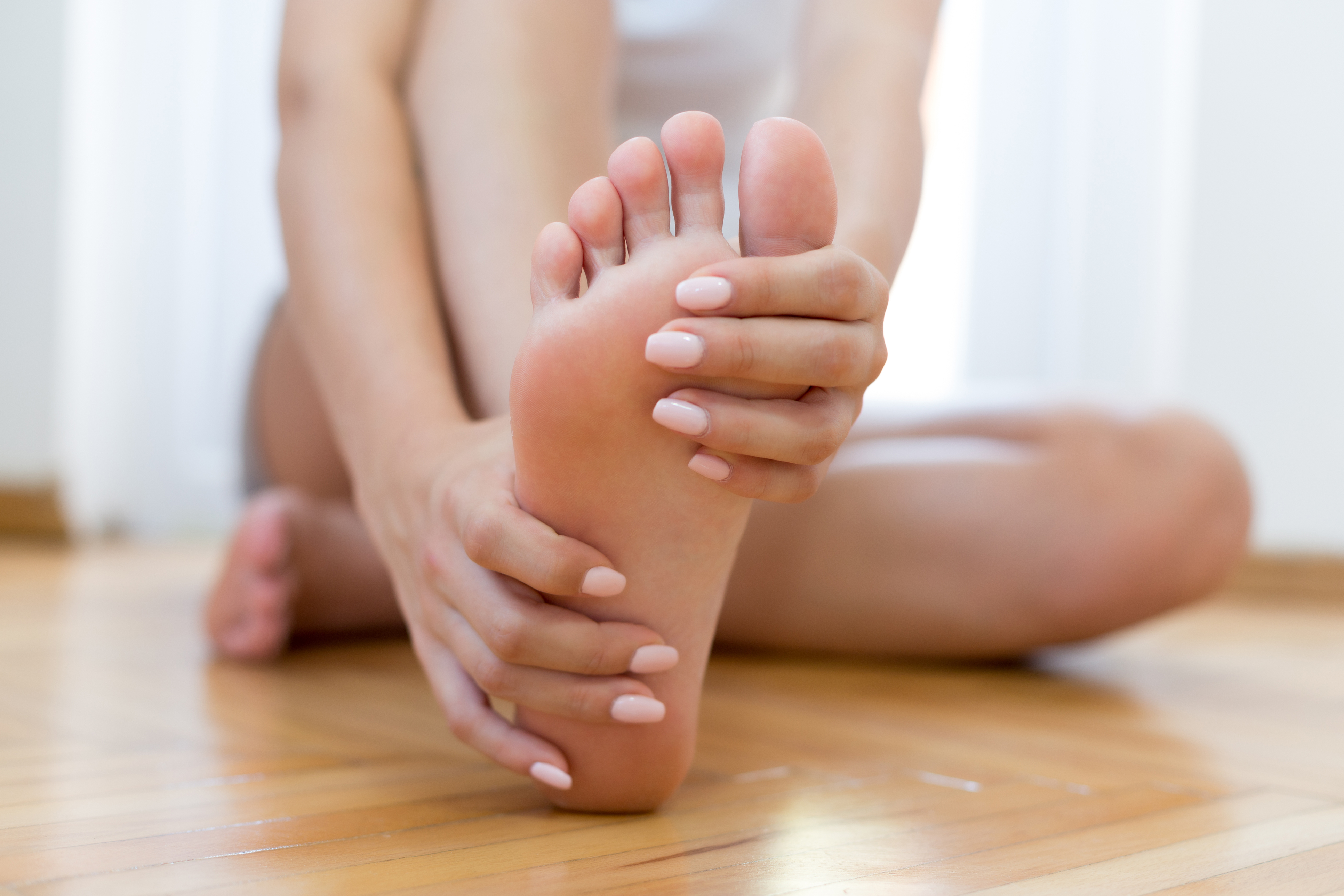
At Progressive Spine & Orthopaedics, our foot & ankle care is led by Dr. Steven A. Bernstein, Chief of Podiatry Surgery at Hudson Regional Hospital, a board-certified specialist in foot and ankle surgery with over 30 years of experience in trauma, reconstruction, and revision procedures. Our philosophy is simple: accurate diagnosis first, the least-invasive and effective treatment next, and personalized recovery plans that help you get back on your feet safely and sooner.
Below is a clear, evidence-informed look at what’s new in minimally invasive foot surgery, how these advances can shorten downtime, and why Progressive Spine & Orthopaedics may be the right choice for your experience.
What is Minimally Invasive Foot Surgery?
Minimally invasive foot surgery (MIS) refers to a group of advanced surgical techniques that treat foot and ankle conditions through tiny incisions, rather than the larger openings used in traditional open surgery. The technique uses:
- Tiny incisions (2–5 millimeters) in the skin
- Specialized instruments and burrs designed for precise bone and soft-tissue correction
- Fluoroscopy or arthroscopy (live imaging) to guide instruments in real time
Minimally invasive techniques can be used for:
- Bunions (Hallux Valgus): Correcting bone alignment through tiny keyhole incisions (e.g., MICA—Minimally Invasive Chevron/Akin).
- Hammer Toes: Straightening joints and tendons through small portals.
- Ankle Impingement or Cartilage Damage: Using arthroscopy to remove scar tissue or repair cartilage.
- Achilles Tendon Tears: Repairing partial or complete ruptures through percutaneous (small-incision) methods.
- Arthritis or Bone Spurs: Smoothing or removing bone growths to relieve pain and restore motion.
Professional societies now explicitly recognize minimally invasive foot surgery in select conditions, which helps set expectations and safety standards:
- The American Orthopaedic Foot & Ankle Society (AOFAS) states MIS is an appropriate option for mild to moderately severe bunions and is not experimental when performed by trained surgeons
- The UK NICE program has reviewed modern MIS bunion techniques (e.g., MICA—Minimally Invasive Chevron/Akin) versus open surgery, summarizing randomized data with follow-up to 1–5 years
What’s New (And What It Means For Recovery)
Bunion Correction Through Keyhole Incisions
Modern MIS bunion surgery uses tiny portals, burrs, and low-profile fixation to realign bones while preserving soft tissue. The AOFAS position statement previously referenced supports MIS for the right bunion patterns; NICE summarizes RCTs comparing MIS chevron/akin to traditional open methods, with comparable deformity correction and expected MIS advantages in soft-tissue healing. AOFAS also explains the potential for smaller scars and quicker recovery while emphasizing candidacy matters.
What you might notice: Shorter incisions, shoe-friendly scars, and—when combined with a structured rehab plan—earlier comfortable shoe wear than older open techniques (case-by-case).
Ankle Arthroscopy For Cartilage, Impingement, and Instability
Arthroscopy lets us address loose bodies, cartilage lesions, impingement, and assist in ligament stabilization via small portals. The AAOS OrthoInfo overview details arthroscopy’s minimally invasive nature and broad indications. An EFORT Open Reviews consensus highlights that arthroscopy is increasingly central in diagnosing and treating ankle instability, often enabling stable repairs with less morbidity than wide-open exposures.
What you might notice: Often, outpatient surgery and accelerated rehab milestones (swelling still takes time, but gait training often starts earlier with less stiffness).
MIS Options For Achilles Tendon Ruptures
Several studies that compare minimally invasive (MIS) or percutaneous repair to open surgery for acute Achilles ruptures show that the chances of re-rupture and overall recovery are similar. However, MIS techniques have lower rates of wound complications. It is important to note that nerve issues may still occur, but we can reduce these risks through careful technique and nerve mapping. A recent network meta-analysis also places MIS in the mix alongside nonoperative care and open repair when comparing re-rupture risk.
What you might notice: A smaller incision and soft-tissue envelope that often tolerates earlier motion protocols, supporting calf strength and gait recovery while protecting the repair.
Evidence-Based Biologics And Precision Rehab
For some foot conditions (e.g., select tendon or fascia disorders), biologics are considered adjuncts, not magic bullets. We discuss them when evidence supports meaningful benefit for your specific diagnosis and goals, and we avoid them when data are mixed. For bunions, correction is mechanical—biologics don’t replace osteotomy/realignment. AAOS OrthoInfo underscores structured post-op conditioning to restore motion, balance, and strength—crucial for faster, safer returns after MIS.
What you might notice: Earlier protected weight-bearing, swelling control, and targeted strength work—each phased to your exact procedure and tissues healed.
Our process at Progressive Spine & Orthopaedics
- Accurate diagnosis (exam + targeted imaging)
- Conservative care first, where appropriate (orthotics, activity modification, PT, image-guided injections when evidence-based)
- Procedure selection that matches your anatomy, goals, and the best available evidence (MIS, open, or hybrid)
- Personalized recovery including clear milestones, 24/7 access to YOUR surgical team, and proactive swelling/pain strategies so you’re confident at every step
Thinking About Minimally Invasive Foot Surgery?
Bring us your questions and your goals. Dr. Bernstein will examine your foot mechanics, review imaging, and map out whether an MIS approach can safely deliver the result you want—and how we’ll get you there. Contact us today to book your consultation and learn more.
